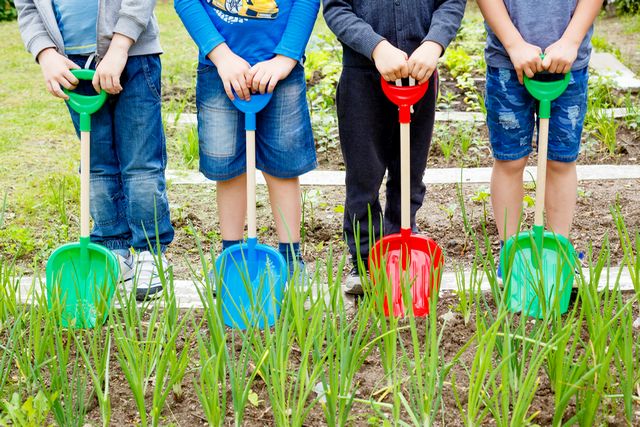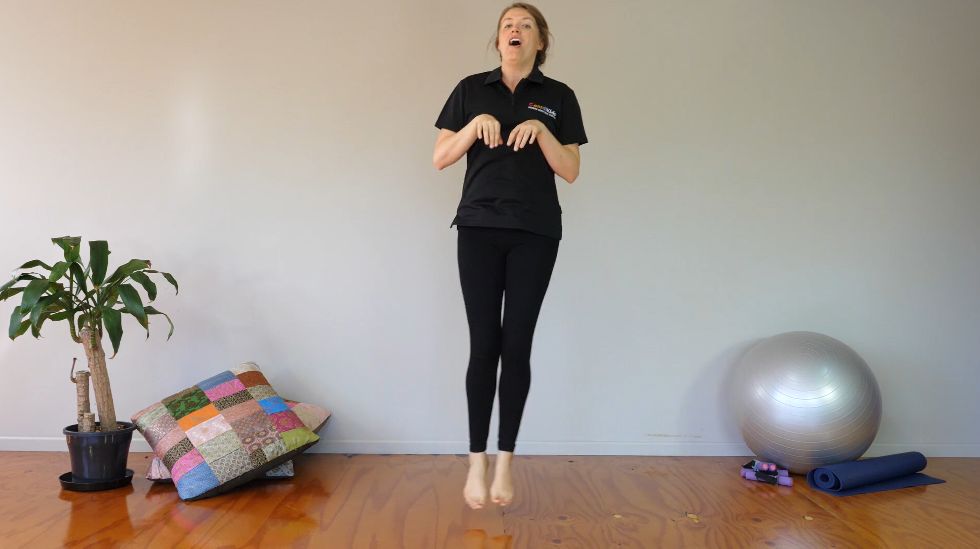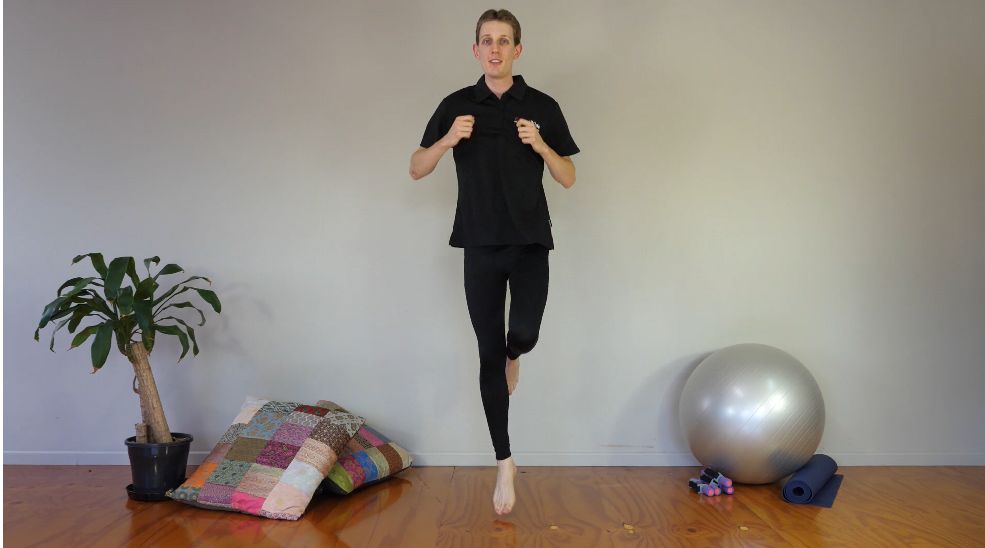Fine Motor Skills, Fun Activities & Games, Help for School and Kindy
Benefits of Heavy Work Activities for Pre- & Elementary School Aged Children – A Scientific Review
Here we present A Scientific Review of the Benefits of Heavy Work Activities for Preschool & Elementary School Aged Children, specifically tailored for Occupational Therapists & Teachers…
It’s amazing to me to reflect on the past few decades of the occupational therapy industry and how it relates to our ever-growing understanding of early childhood development.
One area that has grown by leaps and bounds is our grasp of how interconnected various systems in our bodies are, such as that between proprioception, neurological development, motor skills, and emotional processing.
Heavy Work Activities
We’ve touched quite a bit this month on activities for boosting midbrain development. I thought I might take some time to really dive into the details of this area of development.
In particular, of how this area of development is strongly affected by a child’s level of experienced proprioceptive input. Then, how that in turn can affect their physical coordination and emotional response to their environment.
Our understanding of these areas of development has altered how we are doing things over the past 10 years. Our understanding has led to a greater emphasis in the past 10 years on therapeutic intervention in young children that exhibit coordination and motor skills challenges.
In general, occupational therapists are more often recommending increased proprioceptive activities than ever before, and with great result. These proprioceptive activities are also known as “heavy work” activities.

Historical Approach
Historically, many early childhood development experts and therapists assumed that most children with developmental coordination problems would outgrow them.
They did not, therefore, place importance on therapeutic intervention for these types of coordination challenges.
It wasn’t until the 1990s that a case was supported by research that contradicted this. The case suggested children who struggled with developmental coordination problems were simply adapting to their challenges through avoidance and overcompensation.
(Losse et al. 1991; Geuze and Borger 1993) Unfortunately, many of the satellite effects of coordination problems, such as difficulties with academic performance, self-esteem, and social discomfort and embarrassment, are still observed throughout adolescence and adulthood.
Coordination Challenges Affect Academic Performance
It is estimated that anywhere from 30-60 percent of a typical school day involves activities requiring fine motor skills. From:
- cutting with scissors,
- manipulating small objects in craft and play,
- to writing and coloring with pencils and crayons,
elementary school children with underdeveloped fine motor skills will find themselves exhausted quickly and easily lagging behind peers. (McHale and Cermak 1992)
Students who suffer from a gap in motor skill development will therefore suffer a lag in academic performance. Hence the importance of intervening with therapy early in a child’s life. Children’s motor skills are continuously development through age 6.
It is also around this age in which the challenges in school performance begin to intensify. Handwriting challenges become more obvious. Students have less time to complete tasks. Sentences are longer. Essays are required.
There is less individual attention and support from the teacher, who now typically has more students per class than he or she did in earlier grades. An uncoordinated or clumsy child will fall further and further behind without intervention.
New Research Benefits Our Understanding of the Proprioceptive System
Because of the complexity of the system of receptors found in the joints, muscles, and tendons, researchers have long struggled to pinpoint the direct correlation between the proprioceptive system with fine motor skill development AND emotional awareness.
The last two decades, however, have proven insightful. They have been insightful in demonstrating the significance in the correlation and how therapeutic intervention can significantly benefit young children who lag in this area of development.
According to Lisa Kurtz, “the proprioceptive system is perhaps equally important to the development of motor skills” (2008). Bertenthal (1996) has proposed that perception and motor action are interrelated, rather than autonomous processes.
“For example, if you were to suddenly close your eyes, you could still ‘feel’ whether your arms are crossed in front of your chest, hanging down by your side, or resting in your lap.
Proprioceptive sensations are constantly bombarding the brain, providing the information needed to allow subtle adjustments to body positions as we move.”
Our perception of our environment through proprioceptors goes beyond just physical responses, as well. The proprioceptive system is now understood to be interrelated to emotional response and regulation.
Emotional Regulation & Proprioception
We understand emotional regulation to be our ability to maintain control over our emotional state. When a child is upset or frustrated, he or she should be able to take a few moments to reasonably calm down.
Tantrums and meltdowns are an expected part of 2/3-year-old behaviour. But school-aged children should be able to reflect on the situation and adjust their reaction to suit it appropriately within a reasonable amount of time (a minute or two).
Kurtz explains,
“As the child is constantly bombarded with information from the environment and from within, he or she must learn how to attend to what is appropriate, and how to tune out what is not helpful information for the present situation. This process of selectively attending to sensory information is called sensory modulation.”
Neurophysiological Theories
Current neurophysiological theories explain that the proprioceptive system goes hand-in-hand with emotional regulation. In the same way that proprioceptors offer the brain feedback about the physical environment, movement, and balance, it is proposed that a body’s response to a sensory and emotional situation is guided by proprioceptive feedback.
Neuroscientist Antonio Damasio simplified our understanding through his research over the recent period from 1999-2013. In his writing, Damasio differentiates between three states.
These are: a state of emotion, a state of feeling, and a state of feeling made conscious.
“Doesn’t the state of feeling imply, of necessity, that the feeler organism is fully conscious of the emotion and feeling that are unfolding? I am suggesting that it does not, that an organism may represent in neural and mental patterns that state that we conscious creatures call a feeling, without ever knowing that the feeling is taking place…
We tend to be conscious of our feelings. There is, however, no evidence that we are conscious of all of our feelings.” (Damasio 1999)
Damasio goes on to propose that our ability to make our state of feeling conscious depends on interoceptive and proprioceptive input.
“This proposition implies that through deliberate control of motor behavior and its consequent proprioception and interoception, one could regulate his emotions and affect his feelings” (Shafir 2016).
Movement Therapies
Which is exactly what movement therapies like dance therapy are based on. They are based on the idea that by moving our bodies through series of unfamiliar motor patterns, therapists can help clients evoke, process, and regulate specific emotions.
So, might using these types of specific movement patterns act as therapeutic intervention for children in self-regulation?
How Proprioceptive Movements (i.e. heavy work activities) Benefit Preschool & Elementary-aged Children
1. Through repetition, motor skills become automatic.
As with any musculo-skeletal movement, practice makes perfect. When children practice repetitive movements, they develop muscle memory as well as neurological automation.
On the contrary, for those who don’t repeat a gross motor skill enough for it to become automatic, they have to react and think about each movement more deliberately, slowing them down or exhausting them sooner than others. For example, a preschooler should practice a variety of gross motor skills daily.
These can range from activities that utilize balance, to shifting weight and direction suddenly. When it’s time to learn to ride a bicycle, the ability to stay balanced will be more automatic. So, the child will be able to focus on the unique combination of movements used in pedalling, while steering.
2. Children can become more confident in learning new activities.
By regularly challenging proprioceptive receptors, children can become more confident in learning new activities. Piaget & Inhelder showed as early as 1969 that there is a correlation between physical proficiency in a variety of activities and perceptual learning.
Additionally, children whose proprioceptive system have not been challenged regularly are likely to be overwhelmed, exhausted, and frustrated. This will lead them to give up on challenging situations.
3. Even in-the-moment, heavy work activities can be used as a quick emotional calming exercise.
Providing strong proprioceptive input (heavy work) on the joints and muscles has been shown across the board to help calm children who are experiencing a sensory overwhelm.
4. Proprioceptive activities can trigger alertness in some situations
In addition to acting as a calming exercise, certain proprioceptive activities can trigger alertness in some situations.
These types of activities are great for using as movement breaks in the classroom. So, they are helpful for teachers to regain the focus and attention of tiring students.
CoordiKids – The 15-minute Follow-along Video Seriesfor Teachers & Occupational Therapists
As a pediatric occupational therapist, I’ve dedicated my career to working with children. My dedication is to close developmental gaps, boost their academic performance, and help them enjoy a well-rounded social experience.
I’ve witnessed the slow change of fewer and fewer in-school opportunities for movement breaks of any kind. Let alone engaging, fun, proprioceptive movements. So, a few years ago, I developed a program called CoordiKids.
The programs we offer through CoordiKids are short video sequences viewed online anytime and anywhere. The videos lead children through movement activities that have been scientifically shown to improve core muscle strength, focus, and emotional regulation.
Preschool Course is the name of the program designed for students ages 3-6. Classroom Course is designed for older students through to Year 12. Click here to find out more about our programs.
Our goal is for all children to have access to therapeutic intervention, no matter where they live or how busy their schedule is.


Above: Just two of the games in the Preschool Course sequences that offer proprioceptive feedback. These are – jumping in different directions like a quick rabbit, and a hopping challenge from foot to foot!
Please contact me if you have any questions about our programs or how you can integrate more proprioceptive (heavy work) activity into your therapy or classrooms !
References:
Understanding Motor Skills in Children with Dyspraxia, ADHD, Autism, and Other Learning Disabilities. Lisa A. Kurtz 2008.
The Effects of Sensorimotor-Based Intervention Versus Therapeutic Practice on Improving Handwriting Performance in 6- to 11-Year-Old Children. Peggy L. Denton, Steven Cope, Christine Moser.
Damasio, A. R., Grabowski, T. J., Bechara, A., Damasio, H., Ponto, L. L. B., Parvizi, J., et al. (2000). Subcortical and cortical brain activity during the feeling of self-generated emotions. Nat. Neurosci. 3, 1049–1056. doi: 10.1038/79871
Damasio, A. R. (1999). The Feeling of What Happens : Body and Emotion in the Making of Consciousness. New York, NY: Harcourt Brace.
Shafir, Tal Front. Psychol., 23 September 2016
Bertenthal, B. I. 1996. “Origins and Early Development of Perception, Action and Representation,” Annual Review of Psychology, Vol. 47, 431–59.
Bhanpuri, N., Okamura, A., & Bastian, A. (2013). Predictive Modeling by the cerebellum improves proprioception. Journal of Neuroscience. 33, 14301-14306.
Bosco G., & Poppele RE. (2001). Proprioception from a spinocerebellar perspective. Physiol Rev 81, 539–568
Carruthers G. (2008). Types of body representation and the sense of embodiment. Conscious Cogn, 17, 1302–1316
Corradi-Dell’Acqua C, Tomasino B, & Fink GR. (2009). . What is the position of an arm relative to the body? Neural correlates of body schema and body structural description. J Neurosci, 29, 4162–4171
Dijkerman HC, de Haan EH. (2007). Somatosensory processes subserving perception and action. Behav Brain Sci 30, 189–201